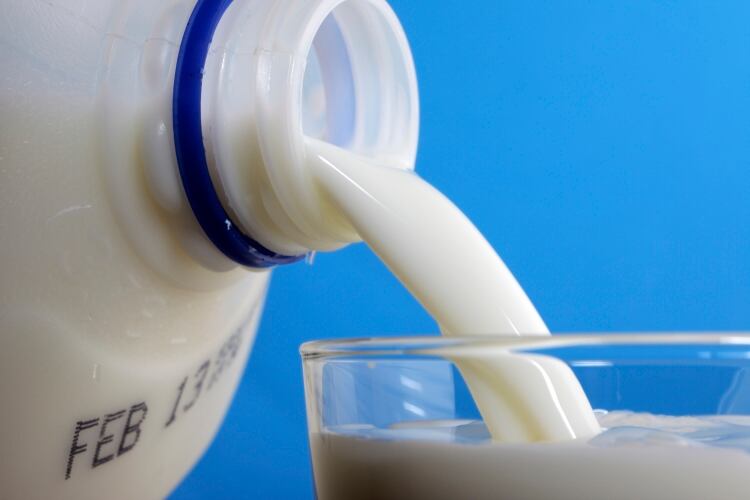The publication provides an overview of the different heat treatments applied to milk for direct consumption or before further processing and their verification procedures. The Bulletin can be used as an accompaniment to the organization’s recently-published Bulletin 496 on the technology of pasteurization and its effect on the microbiological and nutritional aspects of milk.
The 33-page document contains information on these treatments, not only in one country but also worldwide, as most countries provide legal requirements for heat treatments of products.
Heat treatment is the most widely used processing technology in the dairy sector, which guarantees product safety and longer shelf life. It also destroys pathogenic bacteria, stressing the importance of food safety. The bulletin also investigates the appropriate types of heat treatment for a specific food.
Also, the shelf life of each product can differ depending on the time and temperature of the heat treatment.
Walter Bisig, author of the publication, said, “ESL (extended shelf-life) milk is the type of milk most recently introduced to the market. It has a refrigerated shelf-life of 15 to 60 days, depending on raw milk quality, applied ESL technology, type of packaging and packaging system, the extent of post-processing contamination, and the temperature during post-processing, storage, and distribution.”
Bulletin 516 on Heat Treatment of Milk canbe downloaded from the IDF website.

